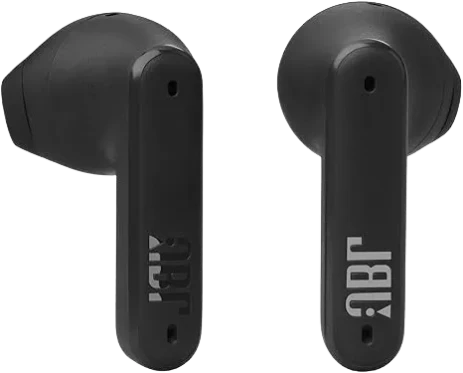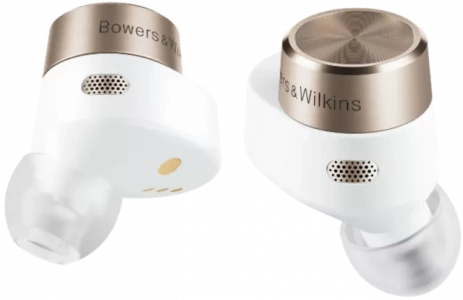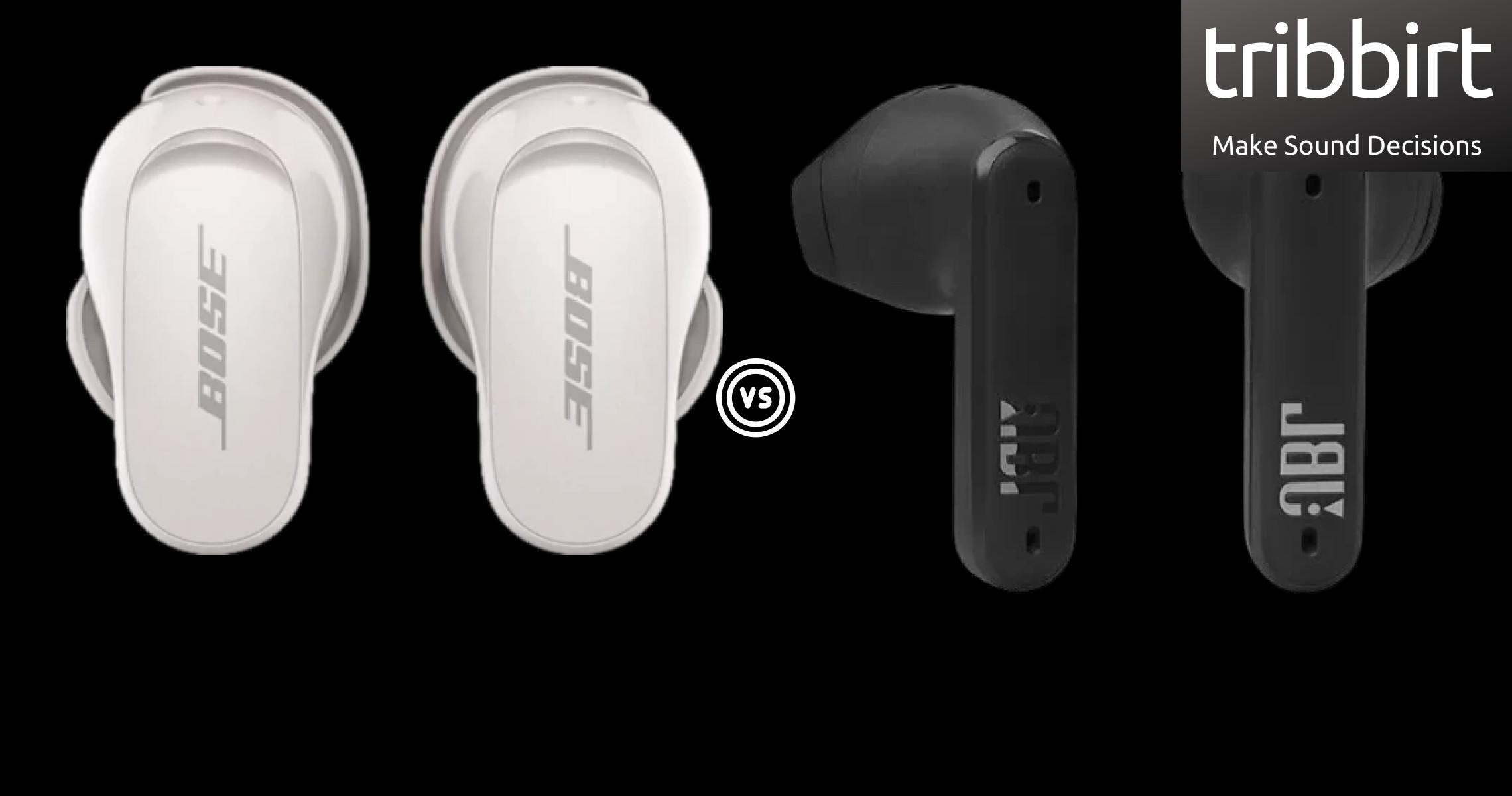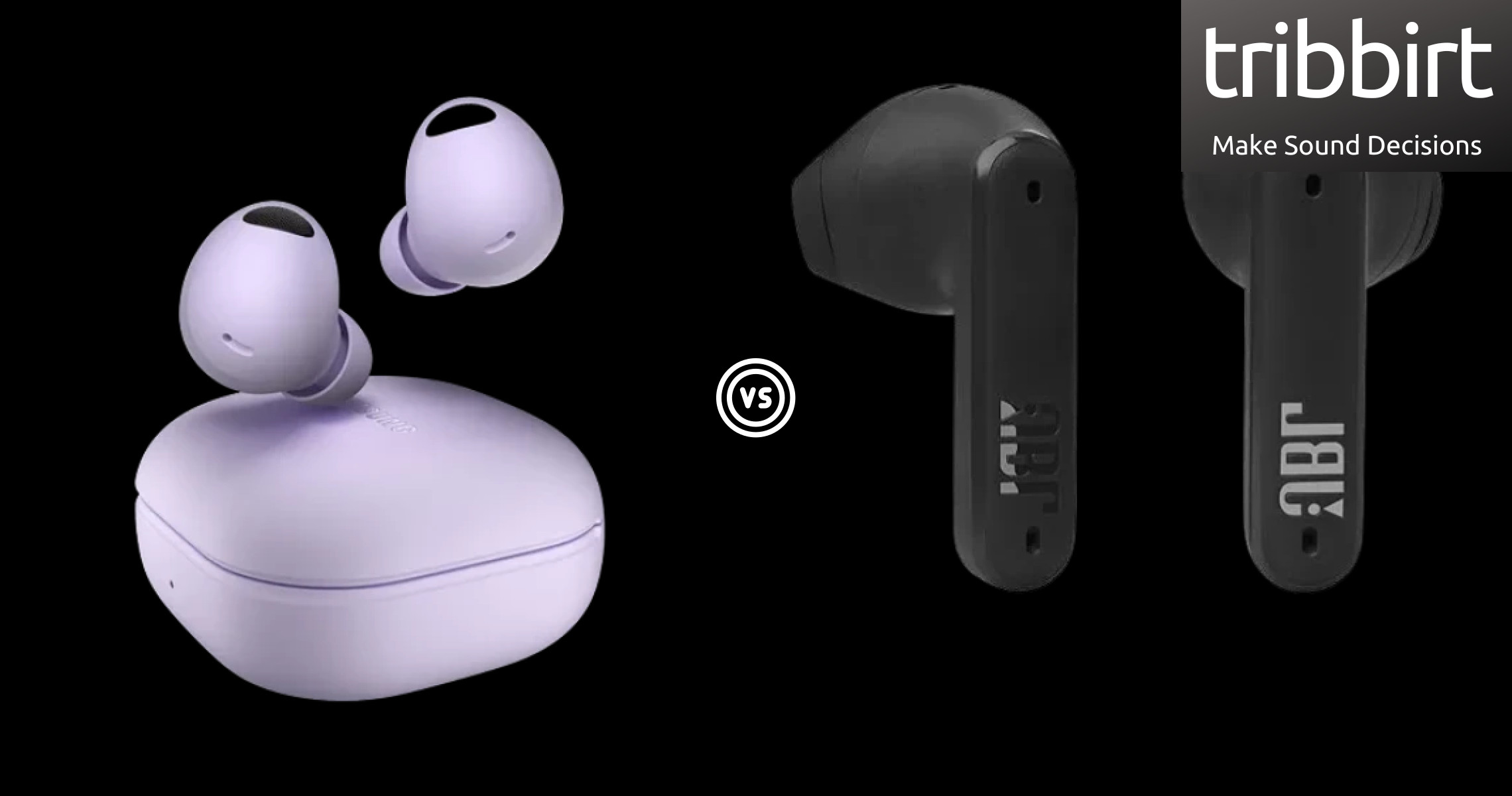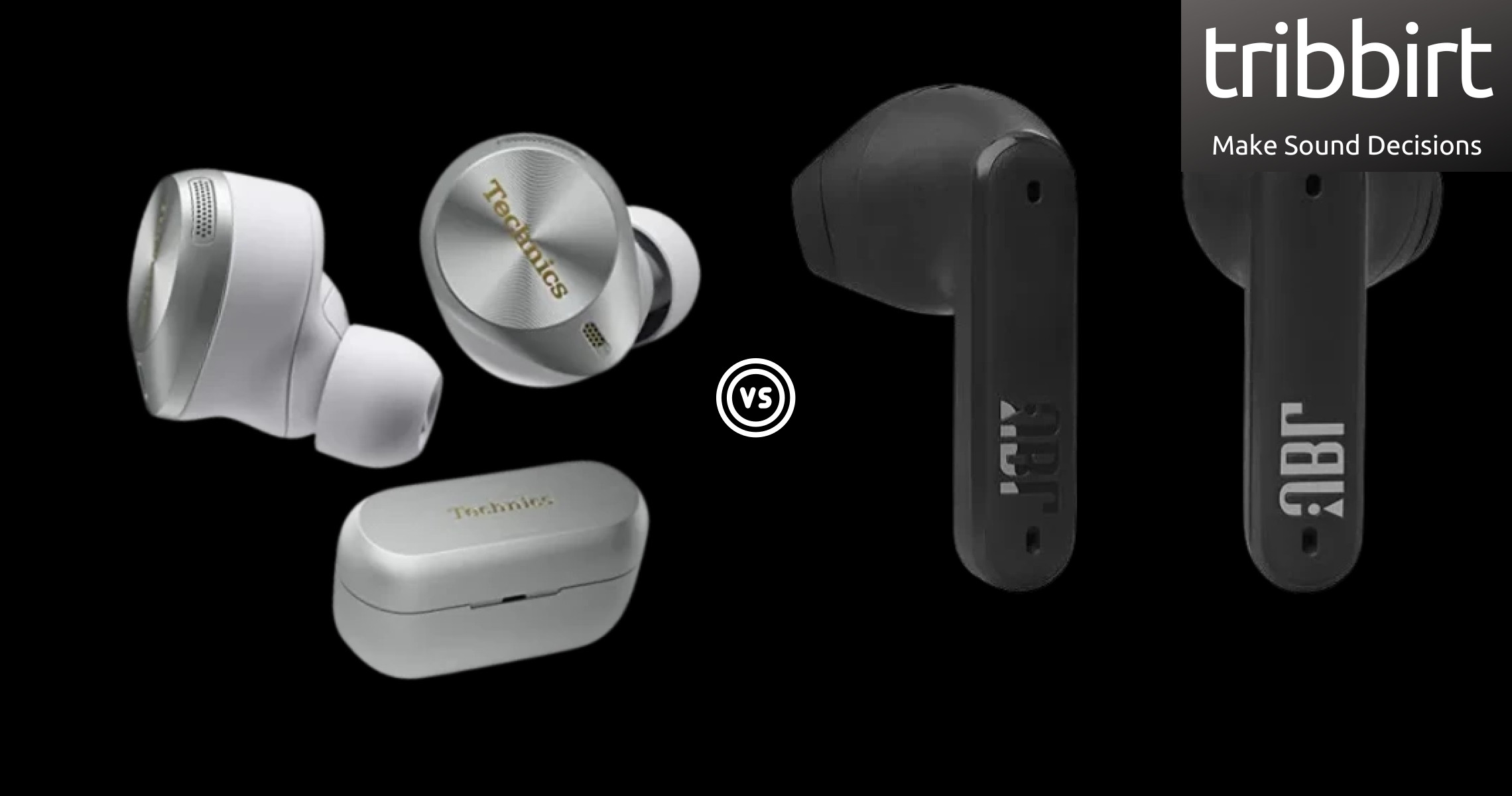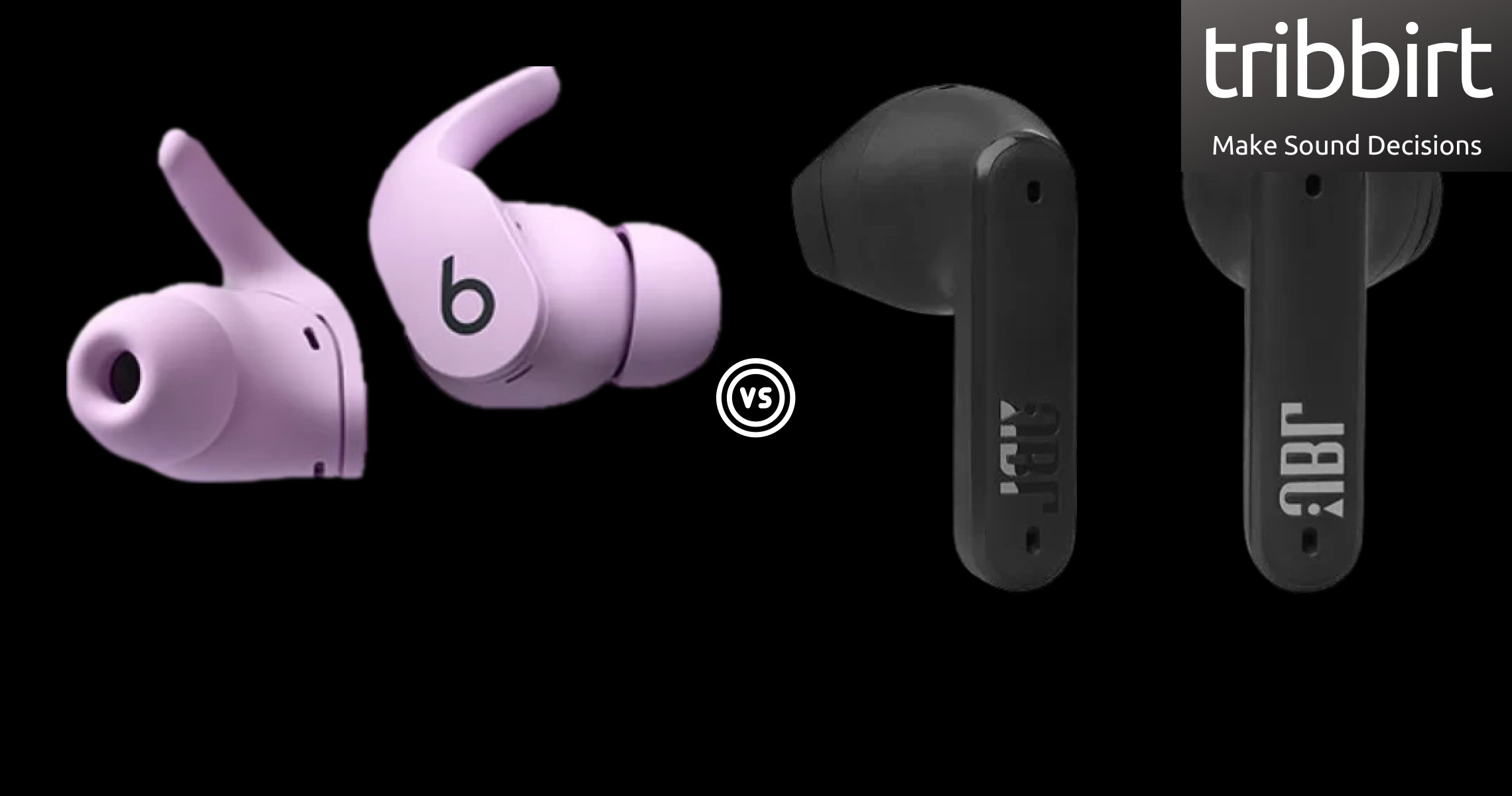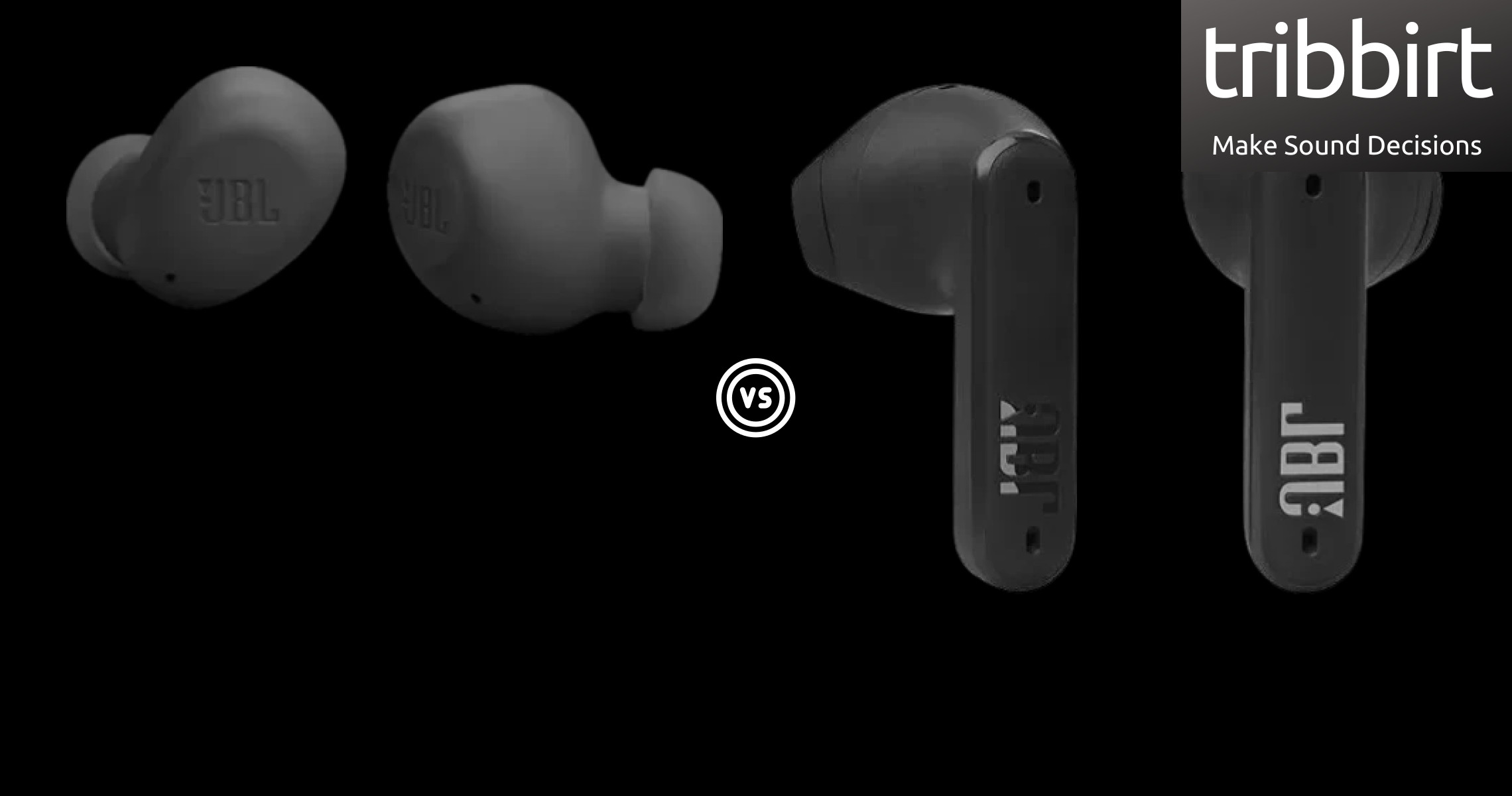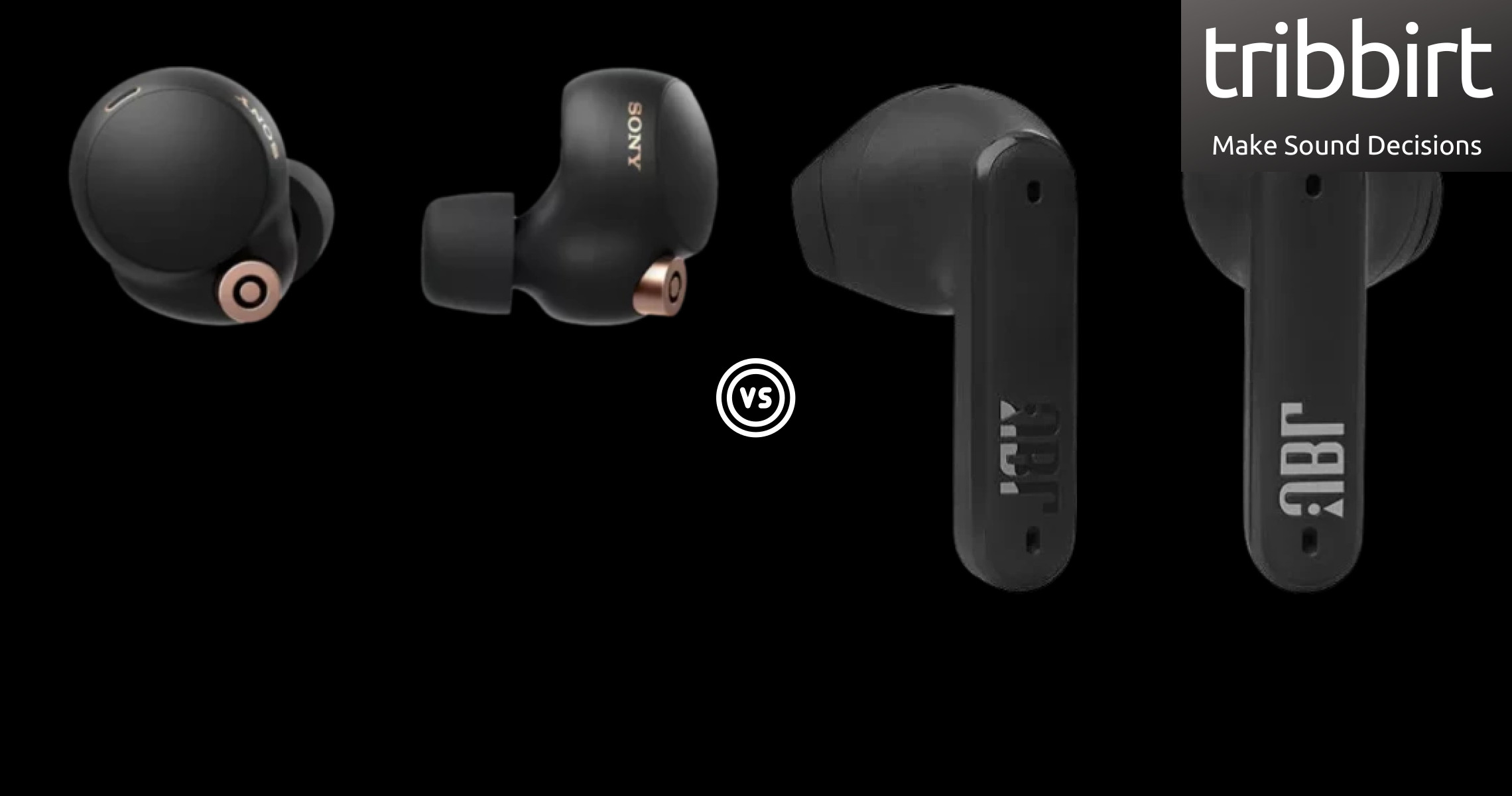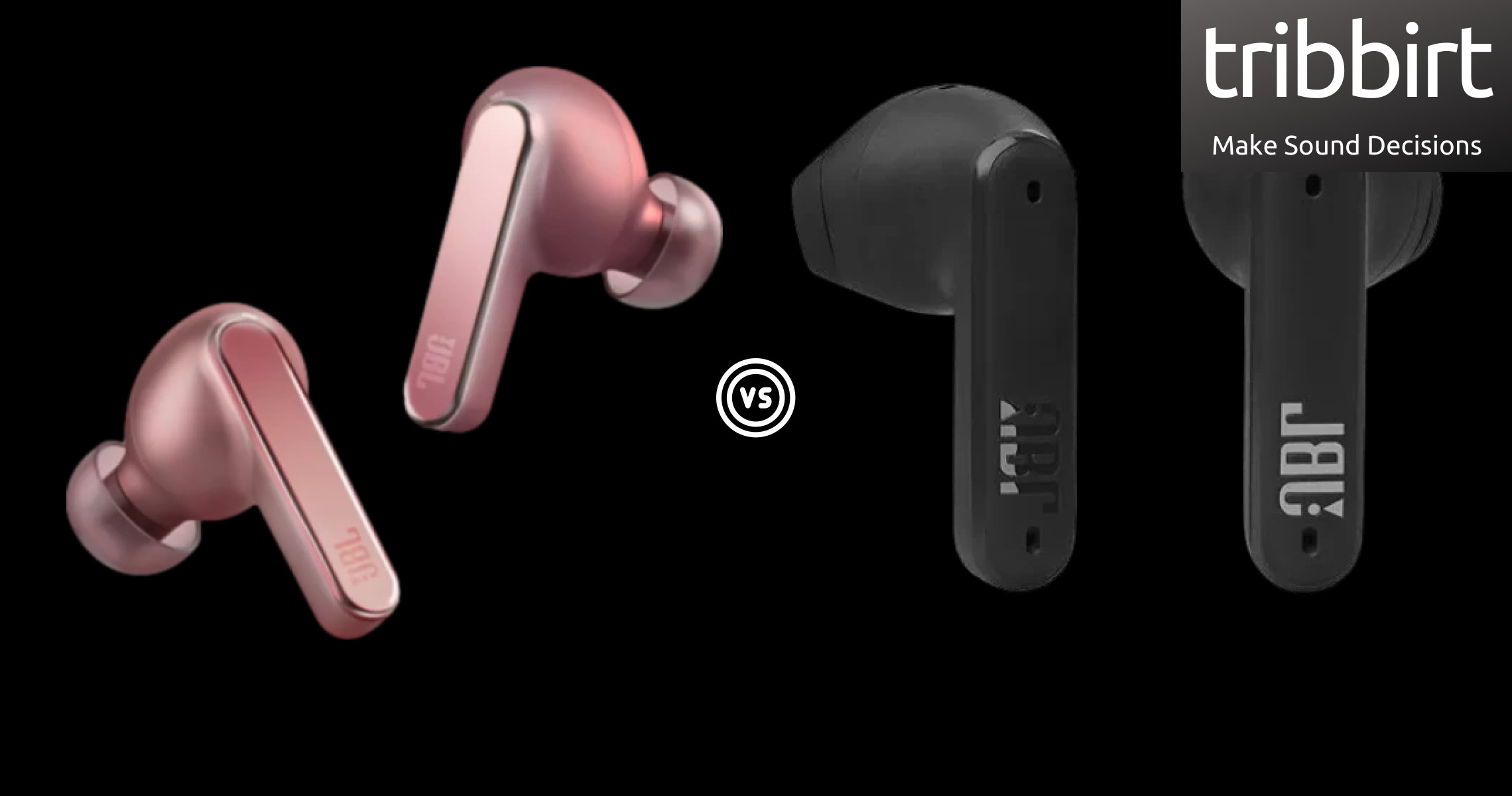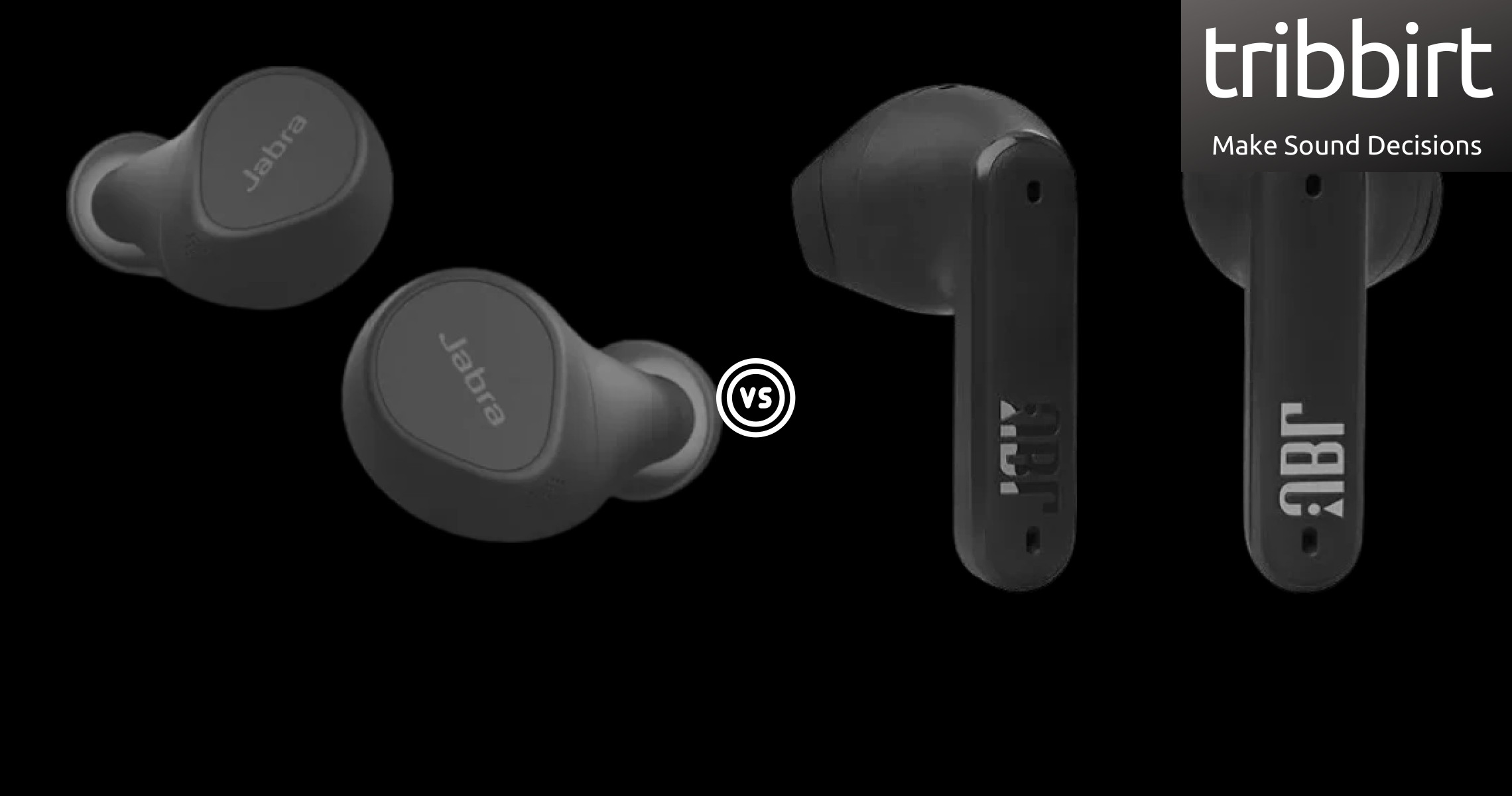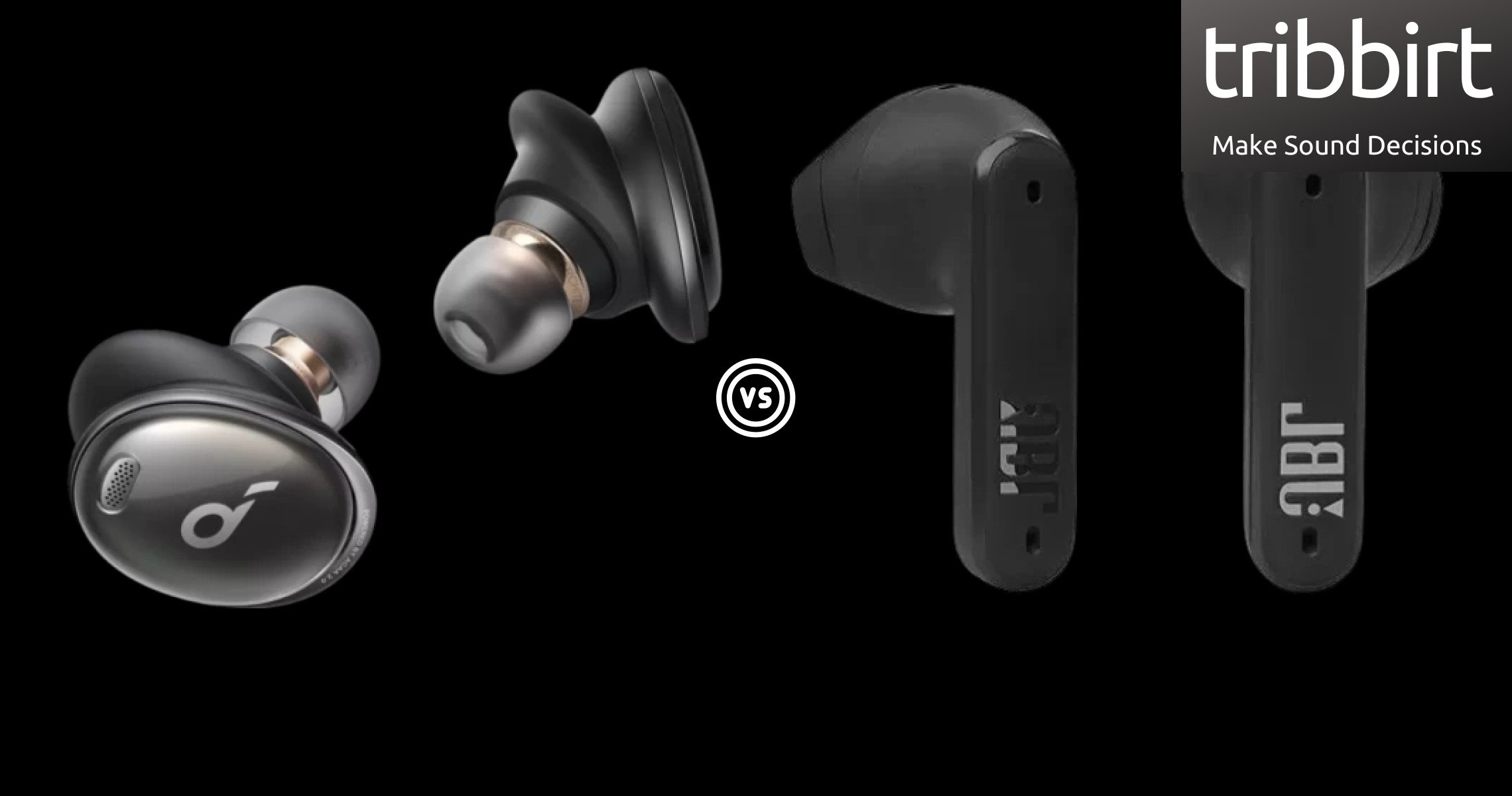IP ratings is the rank of protection offered by a casing, against dust and water. In the format of IPXX, 'X' represents a number The first value of the IP rating represents protection against solids such as dust, while the second refers to resistance against liquids (sweat).
Having a value of IPX4, the JBL Tune Flex's rating is read as, the first number of X denotes that no data available to specify a protection rating, and of liquids that they can withstand low pressure spray similar to that of a shower head when tilted at 180° for 10 minutes. Compared to the JBL Tune Flex, Bowers & Wilkins PI7 have a rating of IP54 meaning that
ingress of dust is not totally prevented but dust does not enter in harmful quantities to interfere with the correct operation or impair safety
and that of liquids is that,
they both have the same rating against liquids
The JBL Tune Flex have a weight of 9.6g . We take in account a lower weight best because lighter devices are more comfortable to move with.
The Bowers & Wilkins PI7, at 50g
are heavier than the JBL Tune Flex by of 40.4g
True wireless devices have no cables linking any part of the device together, JBL Tune Flex are true wireless for this matter since they don't have cables. This is a major distinction since wireless earbuds have wires connecting the 2 earbuds together. Bowers & Wilkins PI7 also is true wireless since it doesn't have wires linking the two earbuds .
JBL Tune Flex are resistant to sweat
JBL Tune Flex have stereo speakers, devices with stereo speakers deliver sound from separate channels on both left and right sides, creating a richer sound and a better listening experience.
The Bowers & Wilkins PI7 also have stereo speakers
ANC utilises more advanced kind of tech to reduce unwanted ambient sounds. ANC works when, it listens to the sound pattern outside and inside the earbud and after inverts the soundwaves to cancel it out. Simply put, it's like taking +1 (noise) and producing -1 (counter sound by the device) to make 0 hence "diluting" the noise.
The JBL Tune Flex have ANC allowing you to listen at lower volume levels, good for your ears as you don't have to crank up the earbuds volume to outcompete background sounds. Bowers & Wilkins PI7 too have ANC making either of the devices ideal for plane rides and morning travels. Each work with different noise cancellation modes, pick the noise cancellation type that you prefer for travel or that suites your relaxation time.
JBL Tune Flex sit well in place, creating an acoustic seal that tones down your environment noise well as preventing the earbuds voice audio from leaking out at the same. Both Bowers & Wilkins PI7, and JBL Tune Flex have passive noise reduction which implies that both reduce ambient noise without using ANC to cancel it out. JBL Tune Flex driver unit is 12mm in diameter, the bigger the unit the more powerful, therefor producing better bass.
The driver unit is the component that makes sound in the device, its size corellates with the sound produced by the device. Bowers & Wilkins PI7 driver unit is 9.2mm in diameter,
which implies that they have a smaller driver unit than that of JBL Tune Flex by 2.8mm
, many people have a misconception that driver units of a bigger size automatically produce better sound quality.
However, large drivers usually have difficulty producing high frequencies so yes, larger drivers are capable of generating louder sound, but this does not mean that they deliver better quality sound.
The JBL Tune Flex's lowest frequency is at 20Hz, low-frequency response inidcates how well an audio component produces low audible frequencies and if it makes any changes to the signal while at it. Bowers & Wilkins PI7's lowest frequency is at 10Hz, this implies that
Bowers & Wilkins PI7 can make sound with a juicier bass than the JBL Tune Flex
The JBL Tune Flex's highest frequency is at 20,000Hz, high-frequency response shows how well an audio device makes high recognizable frequencies and if it changes to the signal on its way through. Bowers & Wilkins PI7's highest frequency is at 20,000Hz, this implies that
both devices generate equal treble
SPL, is the pressure level of sound, in decibels, dB, JBL Tune Flex's measurement is 108dB/mW.
Devices with a higher sound pressure level are generally louder when supplied with any given audio source. The JBL Tune Flex's battery life is 8 hours, these last longer than 5 hours of listening which is considered average for a single charge. A device's battery life is usually given by the manufacturer, and with longer battery life, you get to use it for longer and have to charge the device less often.
Bowers & Wilkins PI7's battery life is
less than that of JBL Tune Flex by 3.5 hours
. Every time you recharge your earbuds, they get a little less playing time. The effect is barely noticeable at first, but over time, your wireless earbuds will have shorter listening time. This is given by the manufacturer, and the JBL Tune Flex's case has a full charge of 24 hours.
A charging case with more battery hours allows you to recharge your earbuds on the go several times before having to recharge the case itself. Bowers & Wilkins PI7's charging case has a battery life of 18 hours,
less than that of JBL Tune Flex by 6 hours
It requires 2 hours to fully charge the JBL Tune Flex's battery. It is highly adivsable to charge fully the battery before using the earbuds when they have been unused for extended periods.
Bowers & Wilkins PI7 takes 3 hours to fully charge the battery,
more than that of JBL Tune Flex by 1 hours
JBL Tune Flex have a battery level indicator, an indicator shows you when the device has a low battery. Its lights indicate the charging state of your device and case. Bowers & Wilkins PI7 too have a battery level indicator, charging indicators allow you determine the charging state of your device, whether fully charged, or the battery is running low.
JBL Tune Flex use USB TYPE-C, an industry-standard connector for transmitting both data and power through a single cable. Bowers & Wilkins PI7 too have USB TYPE-C. This USB-C plug comes along with most current electronics.
The JBL Tune Flex have Bluetooth version of 5.2, Bluetooth is a wireless technology standard that enables data transfers between devices placed in close proximity, using short-wavelength, ultra-high frequency radio waves. Bowers & Wilkins PI7 has a Bluetooth version of 5,
older than that of JBL Tune Flex
. Newer versions provide faster data transfers. JBL Tune Flex have a 10meters distance connecting via Bluetooth.
Bowers & Wilkins PI7 have a maximum range of 10meters,
equal to that of the JBL Tune Flex
JBL Tune Flex support AAC, a codec used for Bluetooth audio. It supports 24-bit audio at 250kbps. Since it uses psychoacoustic modeling, it can provide better results than other codecs at a similar bit rate.
Being the highest quality codec that any Bluetooth-supporting Apple product supports, the JBL Tune Flex will work well with your iPad. If you intend on using these with Android you need to pay even closer attention to codec support for if they only have AAC they won't provide the best audio quality possible, ensure that they also support aptX HD, LDAC, or LHDC as well. The Bowers & Wilkins PI7 support AAC as well.
Designed to be the successor of the MP3 format, AAC generally achieves higher sound quality than MP3 encoders at the same bit rate. The JBL Tune Flex have 4 microphones. The Bowers & Wilkins PI7 microphones are 6,
more than that of JBL Tune Flex by 2
. More microphones result in better sound quality and help the earbuds to filter out background sounds.
The JBL Tune Flex use a noise-canceling type of microphone, these microphones are designed to reduce noise from the desired sound. The Bowers & Wilkins PI7 too have a noise-canceling microphone. Especially useful in noisy environments.
JBL Tune Flex microphone sensitivity is measured at -38dBV/Pa. The vastness of the analog or digital output signal from the microphone with its input stimulus is a calculation of its sensitivity. It's the 'loudness' of the voice that the microphone can recognize.
The JBL Tune Flex support ambient sound mode, which uses microphones to pass through ambient noises so that they can still be heard even while wearing them
The Bowers & Wilkins PI7 support ambient sound mode as well, helpful when you want to listen to music while being aware of your surrounding, for example when you’re having a jog but still want to be able to hear traffic. If misplaced in a room, or can't be found in your bag, the JBL Tune Flex support the find earbuds feature. The Bowers & Wilkins PI7 also have the find earbuds feature.
You can use the earbuds app on your smartphone to play a sound from your device to help you locate them. JBL Tune Flex support fast charging. Most often, technologies like Qualcomm’s Quick Charge, are used to reduce the time it takes to charge the earbuds.
Bowers & Wilkins PI7 too support fast charging. It's very similar to regular charging, only that the battery fills up much faster. For example, with Quick Charge 3.0, the battery can be charged to 50% in 30 minutes.
The JBL Tune Flex support multipoint of 2 connections, the multipoint feature allows you connect to more than one Bluetooth device and switch between them. Say, you can switch calls from one device to another without having to manually disconnect and reconnect. JBL Tune Flex have a mute function, they support the option to mute/unmute a conversation directly from the earbuds.
The Bowers & Wilkins PI7 also support the mute function. The mute function means that you can turn off the earbuds' microphone, but still hear the other party talk. With the JBL Tune Flex, so you can easily access the volume control, pause, play, mute, etc whichever features are supported on the earbuds.
Bowers & Wilkins PI7 too have a control panel on them. The JBL Tune Flex have voice prompts. Automatically receive information through audio messages, say if there is an issue with the connection.
Bowers & Wilkins PI7 too have voice prompts meaning the device will notify you when the battery is running low, and you need to recharge them. The JBL Tune Flex come with a special case. Carrying earphones openly, or placing them inside your pockets without a casing may easily put them at risk of getting damaged.
Bowers & Wilkins PI7 also have a case included, which is useful for safe transportation.
